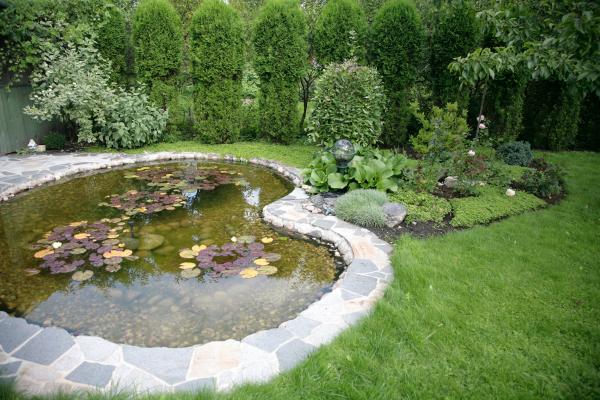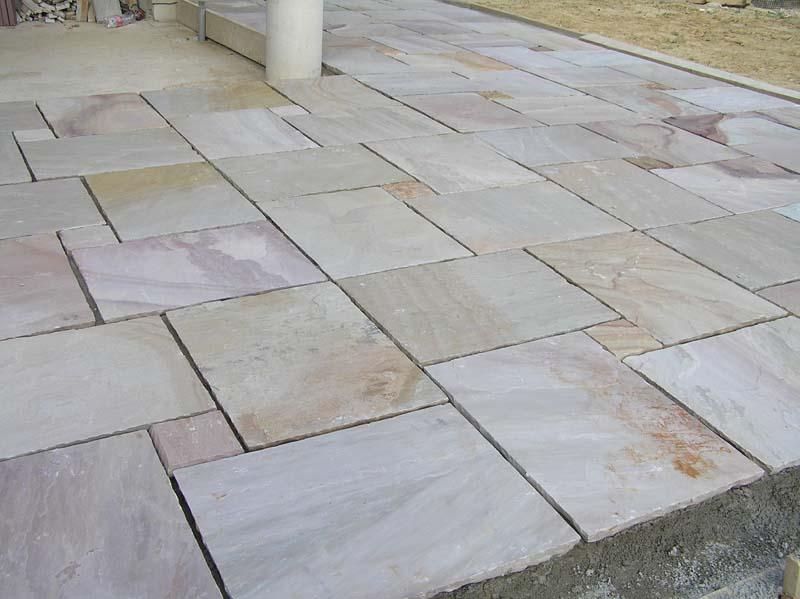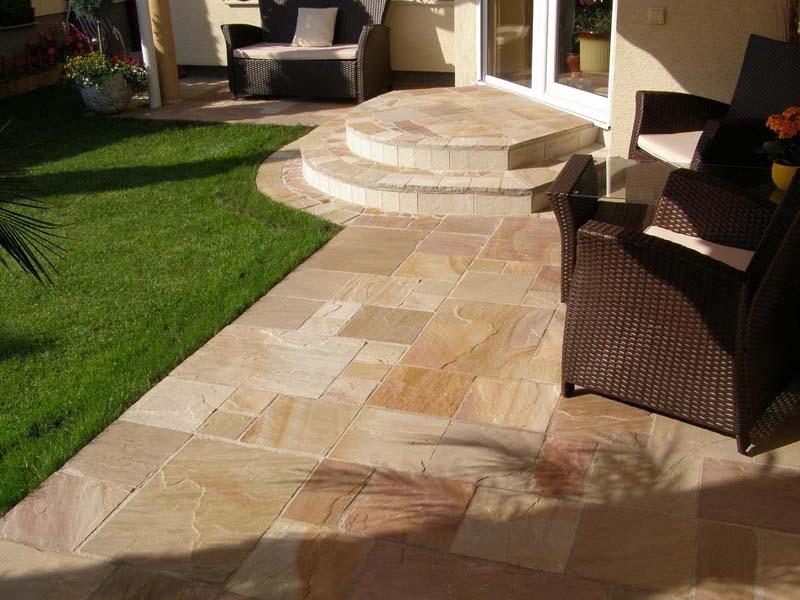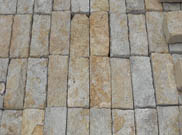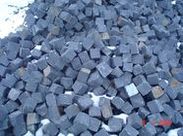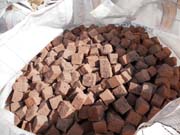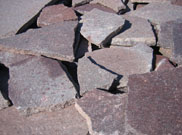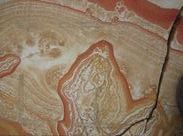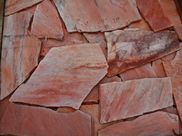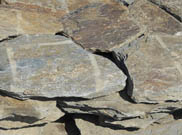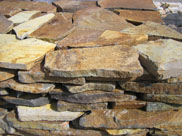Take a walk on stone
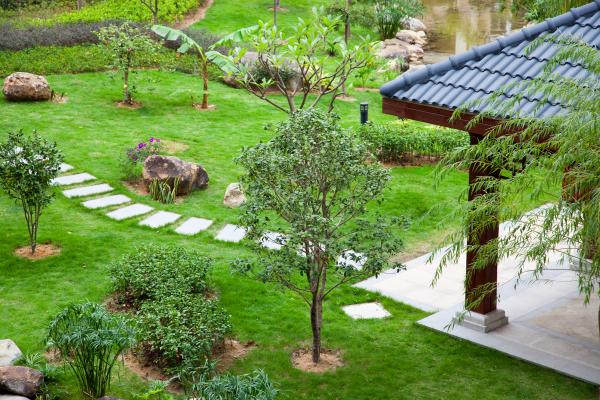
Durable, good-looking, natural and always original material, stone, is often older than the human race on planet Earth. At first glance and touch, it is cold and inanimate stone, but then, if the sun begins to shine on it, the shadows of the leafy branches of trees swaying in the wind start to flicker on it and if it is raining… Every time the stone is different even though it stays in the same place. And of course, we have always walked on the stone.
The combination of inanimate stone and living plants has been used by gardeners since ancient times and hopefully, this trend will not disappear in the future. And there is no point in going far east to the Japanese gardens. In ancient times, rulers, in fear for their safety, took refuge in hanging gardens of stone buildings and gardens in the middle of palaces whose foundation was stone itself.
Stepping stone
Even in the grass, the solitary stone looks amazing. Timeless, mysterious, scattered across the lawn in the directions we want to walk around the garden. It is just as we jumped stone by stone over a swift creek. It shines in the sun, darkens after the rain, warms in the heat as it accumulates the heat of the sun’s rays. These are the stepping stones.

The stepping stone allows you to get to a seating place in the garden or anywhere else, in fact it is a funny, but also a functional substitute for continuous paths, sidewalks and footpaths. Thanks to the stepping stones, we can reach certain place with relatively dry feet even after heavy rain, or in the morning or evening dew. Or the stepping stones can indicate the direction only and then disappear, without continuation, just like the pilgrim in one of Karel Čapek’s tales follows fresh footprints in the snow which have then vanished all of a sudden. What has happened? Where has the man gone? Has he flown away? Or performed a vanishing trick? Disappeared? And the non-continuing stepping stones say: further on the lawn, barefoot or not, but right here…
Stepping stones can be made of andesites, sandstones of various colours and patterns, limestones, slate, Indian sandstone and other materials. Stones can not only be chipped, but also regularly shaped. And they always have to be flat and sufficiently strong not to move, wobble and sway at the placement location.




Stone garden pavement
On the other hand, if you want solid stone surfaces, lanes, footpaths, but also staircases overcoming height differences of a sloping garden, paving stone is an appropriate solution. In historic city centres we find cobblestones (called “cat heads“ in Czech), however, paved areas near houses can be made of a much wider range of materials: quartzite of various shades, slate, sandstone, andesite, porphyry, limestone, granite, gneiss and other materials. Apart from the above-mentioned cobblestones, we can obtain machined stone tiles, as well as chipped flat raw stones.
Stone should always fit into the surroundings without disturbing the grounds and the whole area. Different materials are used in Japanese, Oriental or Mediterranean gardens, in a rural farm in a traditional (e.g. Baroque) style, for a modern villa etc. Machined noble stones on terraces and sidewalks can also be polished, but even raw stones appropriately structured and placed in concrete are also impressive.
Connect stone with water and light
Do not be afraid to combine stone with a water element in the garden, it looks amazing next to each other. A stone footpath can pass through or around a pond, even suitably shaped stepping stones protruding from the water will not only brighten up a garden visually, but also enrich moving around with a “bit of adventure.” Light loves stone as well. And not only daylight, but also night lighting. The game of light, water, stone and shadows, complemented with e.g. wooden elements, makes wonderful atmosphere in the garden all year round.


Source: www.ceskestavby.cz
